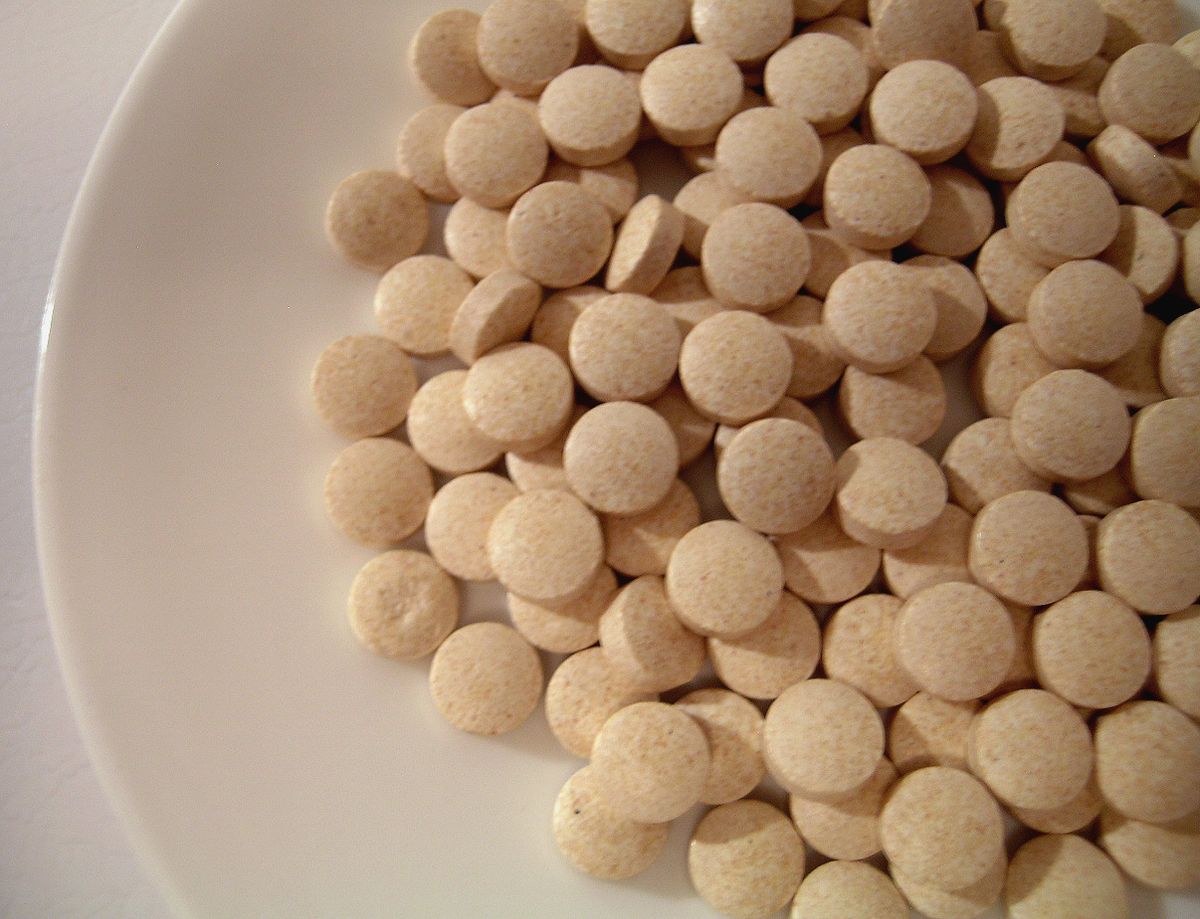Economic amphetamine

While the American economy continues to totter down the road, our stock market is bounding. The Dow Jones industrial average reached 15,783 for the first time yesterday. This record-setting performance is almost miraculous. In an economy averaging a troublingly-low 2.1% average growth rate since 2010, a booming stock market is clearly out of place. However, this apparent miracle is easily explained: the Federal Reserve's "quantitative easing" program, otherwise known as QE.
QE essentially makes extra cash available to big companies, especially financial institutions. It has not been effective in its goals, and has had insidious side effects. Coincidentally, the man that managed the Federal Reserve’s first QE experiment was published in the Wall Street Journal yesterday. He explains why the Federal Reserve is now trapped in a situation where it must continue injecting money into the U.S. economy:
Trading for the first round of QE ended on March 31, 2010. The final results confirmed that, while there had been only trivial relief for Main Street, the U.S. central bank's bond purchases had been an absolute coup for Wall Street. The banks hadn't just benefited from the lower cost of making loans. They'd also enjoyed huge capital gains on the rising values of their securities holdings and fat commissions from brokering most of the Fed's QE transactions. Wall Street had experienced its most profitable year ever in 2009, and 2010 was starting off in much the same way. You'd think the Fed would have finally stopped to question the wisdom of QE. Think again. Only a few months later—after a 14% drop in the U.S. stock market and renewed weakening in the banking sector—the Fed announced a new round of bond buying: QE2.... Where are we today? The Fed keeps buying roughly $85 billion in bonds a month, chronically delaying so much as a minor QE taper. Over five years, its bond purchases have come to more than $4 trillion. Amazingly, in a supposedly free-market nation, QE has become the largest financial-markets intervention by any government in world history.And the impact? Even by the Fed's sunniest calculations, aggressive QE over five years has generated only a few percentage points of U.S. growth. By contrast, experts outside the Fed, such as Mohammed El Erian at the Pimco investment firm, suggest that the Fed may have created and spent over $4 trillion for a total return of as little as 0.25% of GDP (i.e., a mere $40 billion bump in U.S. economic output). Both of those estimates indicate that QE isn't really working.Unless you're Wall Street. Having racked up hundreds of billions of dollars in opaque Fed subsidies, U.S. banks have seen their collective stock price triple since March 2009." (WSJ)
Unfortunately, the best analogy to make here one of drug addiction. Think of the Federal Reserve's "easy money" the same way you would think of amphetamine. With the stimulant of easy money, American companies are able to invest and earn more, but at the cost of becoming dependent on the drug. When the Federal Reserve so much as mentions reducing the easy money, even slightly, the stock market has a panic attack. So the Federal Reserve is now trapped in a situation where must continue feeding a stimulant to an addicted stock market, or cause it crash in a manner that could easily take the rest of the economy with it. Like a drug dealer with a dangerous client, the Federal Reserve is now being forced to provide its product under the client's terms rather than its own.
There are valid reasons the concept of central banking is being met with increasing criticism in the world. The Federal Reserve is demonstrating many of them in frighteningly real proportions.
